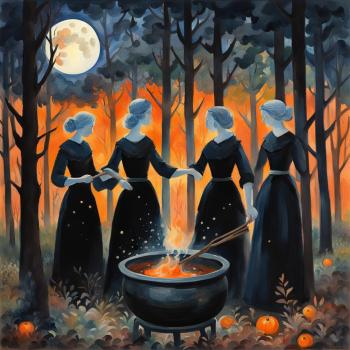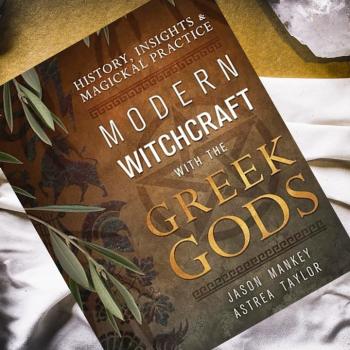Probably to no one’s surprise I’m always watching for new shows and movies coming out that feature elves or fairies more generally. Recently one that had a lot of buzz going on about it was Carnival Row, an urban fantasy/alternate reality series. I have to admit I didn’t personally like it because it felt to me like a missed opportunity in many ways. Another recent show, also on a streaming service, that I’ve seen less talk about is an animated series called The Dragon Prince,which I think manages to excel where so many other shows and even books struggle. So today I wanted to talk about the Dragon Prince and why I think it’s an example of what high fantasy can be when it’s done well.
This isn’t going to be a recap or review of the Dragon Prince, rather it’s going to be a discussion of the ways in which the show succeeds where others fail or falter.
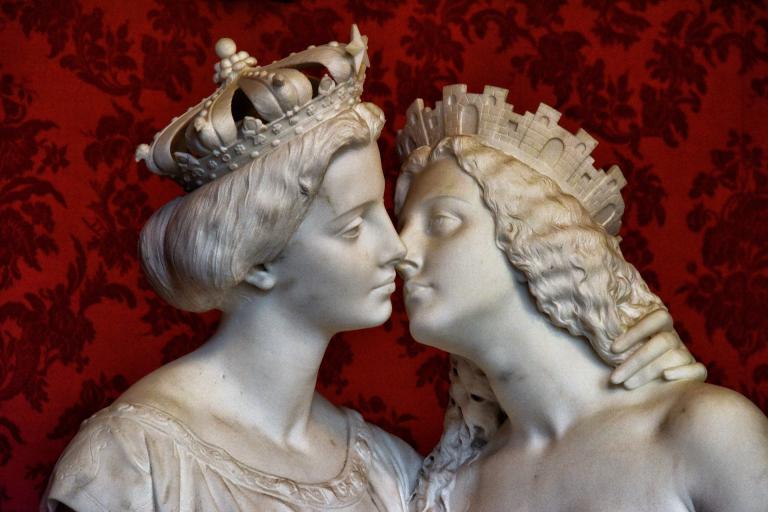
Diversity
One of the strongest points for Dragon Prince is that it has an array of diversity among its characters that feels natural and organic. Diversity in characters’ race, sexual orientation, and ability/disability has been an increasingly important and central discussion in the genre, yet too often when we see attempts at it they either only address a single layer or else they are so clumsy they feel forced.
Dragon Prince has a variety of humans in the show, even though it is set in a fantasy world, and has elves of different types (aligned to specific natural phenomena like the moon) that are humanoid but clearly not human and have various non-human skin, hair and eye colours – as well as horns – avoiding a common misstep of making the elves just beautiful [caucasian] humans. It depicts different kinds of relationships including a kingdom ruled by two Queens married to each other with a child together. It also overturns some of the expected relationship tropes in the genre by focusing a lot on familial relationships and friendships
It also embraces disability within a framework of acceptance, which is so uncommon I’m not sure I can think of other examples off-hand. There is a blind ship’s captain whose parrot acts as a guide animal and who sails his own ship without any other assistance. The general of the main human country’s army is deaf and uses American Sign Language throughout the show. There is also a secondary character, an animal, which lost a leg in its youth but is shown as an integral part of the group; the missing limb features in an episode which centres on understanding that value and usefulness don’t hinge on the classic idea of a ‘whole’ body.
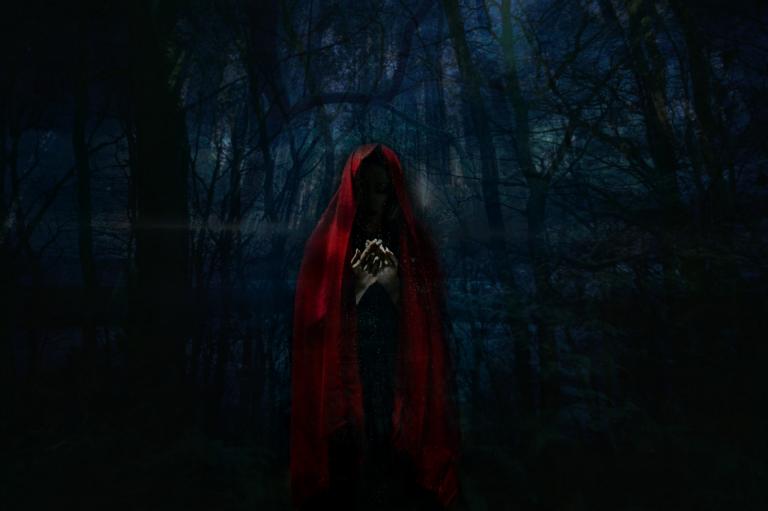
Ambiguous Morality
A problem that we often find across fantasy – high or urban – is morality that is too clear-cut and sharply divided between good and evil. This is another area where the Dragon Prince does a wonderful job because although it could easily have fallen into the old pattern of morally ‘good’ protagonists and morally ‘bad’ antagonists it doesn’t. All the characters who appear on the show, and indeed the wider nations and species, are morally ambiguous and are shown to have complex motivations.
Although we have characters that are protagonists and we have characters that are hindering the protagonists there aren’t any clear lines between heroes and villains, and even those acting against the protagonists are shown to have their reasons rooted in a sense of the greater good as they perceive it. People do things that have serious consequences but no one acts out of what can be simplified into ‘evil’ as a concept, even those who are doing things that are the most harmful and damaging to other life forms. In this way the show manages to depict ambiguous morality in a way that feels realistic without simply having a protagonist make a single misstep or giving an antagonist a clear redemptive arc.
The show also manages to subtly tackle the ideas of prejudice and bigotry by juxtaposing the seemingly widespread acceptance of diversity among the different humans with their vilifying of the ‘Xadians’ [read: magical creatures] who are depersonalized as “monsters”. In the same way, the Xadians fear the humans and see them as dangerous and prone to violence. Both sides were at war for a long time and it’s clear that the conflict has left its mark, but the depiction of that prejudice is reflective of what we see in human societies in our world.
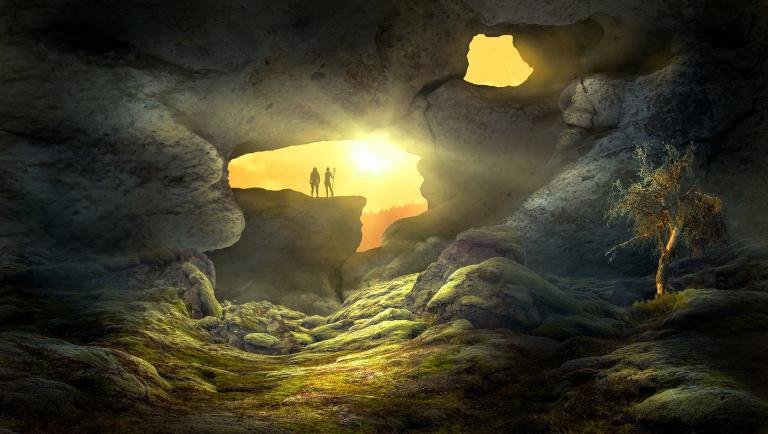
World Building and Plot
The world that the story occurs in is masterfully created and the story throughout is good at giving just enough backstory to keep the viewer clear on what’s happening without excessive exposition. The politics and tension between countries and nations are well defined and also given realistic backstories so that one feels that one is in fact looking into another world. It manages to find that fine line of balance between not enough world building and too much and I appreciate that.
Dragon Prince also does a great job of creating its own folklore in the sense of establishing concepts for its magical creatures, some of which are original and some of which are drawn from wider folkloric concepts like elves and dragons. This was particularly refreshing as one of the main stumbling blocks for too many series is the mishandling or mauling of older folklore, particularly Irish. Dragon Prince has elves but they are unique to its world, based on the writers’ imagination and perhaps very loosely some role-playing games.
Finally, I want to note that the quality of the plot in Dragon Prince is also exceptional. It’s layered and detailed in all the ways that these things should be and it manages to turn what is possibly the staple trope of high fantasy, the hero’s quest, into something new and interesting. It also succeeds in giving various characters their own storylines without detracting from the larger story or making the episodes feel cluttered. The result is a story that is engaging and interesting and feels new even when it has been done before.

Final Thoughts
High fantasy and urban fantasy are seeing a surge in popularity and with that has come an expectation for better quality material. Viewers and readers are starting to call out problems they see in the material on the market and new writers are adding layers and diversity to the conversation. This is a good thing. With my own fiction, which is urban fantasy, I try to offer diversity that is realistic to both the human world as it is – not some specific stereotypical idealized view of it – and true to folklore, but I certainly have areas I know I could improve. I can list – and have – good fairy fiction, series, and movies but few fall into the high fantasy genre because it is one that is particularly difficult to navigate across all of the layers I’ve discussed here. This is why I was so happy to see Dragon Prince excelling where others missed the mark.
I have enjoyed the first two seasons of Dragon Prince and am excited for the third which is coming out soon. I think that it is a template for what fantasy can and should be.






